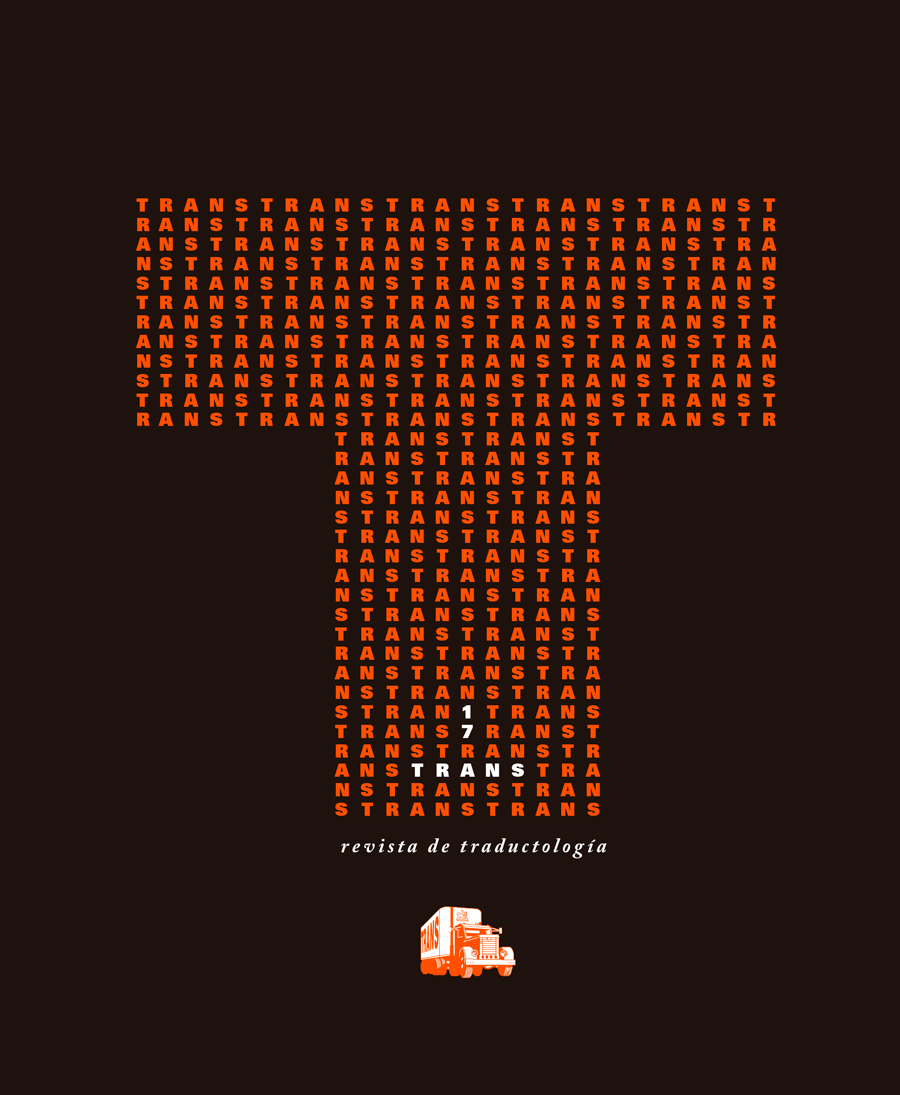Research in Translation for Dubbing: An Overview
DOI:
https://doi.org/10.24310/TRANS.2013.v0i17.3225Keywords:
dubbing, research, constraints, dubbese, norms, descriptivism, ideology, professionAbstract
Dubbing, together with subtitling, is one of the most widespread types of audiovisual translation. Its origins can be traced back to the late twenties, with the need to transfer the new sound films to other languages and cultures. This article places dubbing in the world of audiovisual translation, reviews the origins of research on dubbing, and offers an overview of the first theoretical and professional approaches to this audiovisual translation mode. The paper then sets out to compare research approaches centred on the problems posed by the source text to descriptive approaches focused on the target text. It concludes by showing research avenues which are still unexplored and call for urgent attention among the academic community. Each section explores basic concepts which have proved to be useful to audiovisual translation theory, such as the notion of translation constraints, dubbese and dubbing norms. The article also presents new genres and new combinations of audiovisual translation modes that are progressively changing the dubbing industry.Downloads
Metrics
Publication Facts
Reviewer profiles N/A
Author statements
Indexed in
-
—
- Academic society
- N/A
- Publisher
- Universidad de Málaga
Downloads
Published
How to Cite
Issue
Section
License
All contents published in TRANS. Revista de Traductología are protected under the Creative Commons Attribution-NonCommercial-ShareAlike 4.0 International (CC BY-NC-SA 4.0) license. All about this license is available in the following link: <http://creativecommons.org/licenses/by-nc-sa/4.0>
Users can copy, use, redistribute, share and exhibit publicly as long as:
- The original source and authorship of the material are cited (Journal, Publisher and URL of the work).
- It is not used for comercial purposes.
- The existence of the license and its especifications are mentioned.
- ShareAlike — If you remix, transform, or build upon the material, you must distribute your contributions under the same license as the original.
There are two sets of authors’ rights: moral and property rights. Moral rights are perpetual prerogatives, unrenounceable, not-transferable, unalienable, imprescriptible and inembargable. According to authors’ rights legislation, TRANS. Revista de Traductología recognizes and respects authors moral rights, as well as the ownership of property rights, which will be transferred to University of Malaga in open access.
The property rights are referred to the benefits that are gained by the use or the dissemination of works. TRANS. Revista de Traductología is published in an open access form and it is exclusively licenced by any means for doing or authorising distribution, dissemination, reproduction, , adaptation, translation or arrangement of works.
Authors are responsable for obtaining the necessary permission to use copyrighted images.













21.png)
